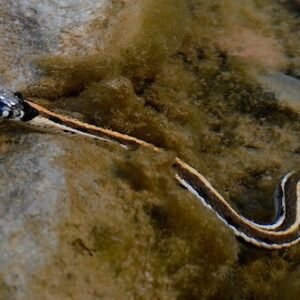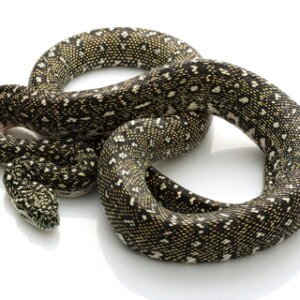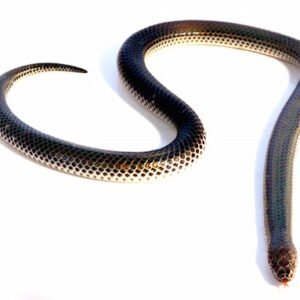Understanding the Guyana Rainbow Boa
The Guyana rainbow boa (Epicrates cenchria) is a strikingly beautiful species known for its vibrant coloration and unique physical characteristics. Predominantly found in the lush environments of Guyana, this snake can also be spotted in other parts of northern South America, including Venezuela and Brazil. Adult Guyana rainbow boas typically reach lengths of about six to eight feet, although larger specimens can sometimes be observed. Their size, coupled with their strikingly colorful and iridescent scales, makes them a popular choice among reptile enthusiasts.
The texture of the Guyana rainbow boa’s scales is smooth, which allows for graceful movement through its tropical habitat. One of the most distinctive features of this species is its patterning, often exhibiting dark brown or black saddles over a base color that can range from reddish to orange or yellow. This remarkable coloration is not just for aesthetics; it serves a vital role in camouflage, enabling the boa to merge with its surroundings, thus aiding in both hunting and avoiding predators.
Typically, the Guyana rainbow boa is nocturnal, which aligns with its hunting habits. It primarily preys on small mammals, birds, and occasionally reptiles. Its behavior includes constriction of prey before consumption, a survival strategy common among boa species. The geographic distribution of the Guyana rainbow boa highlights its adaptation to a humid, warm climate, often inhabiting rainforests, swamps, and river banks.
Breeding patterns in this species usually occur in the rainy season, with females producing clutches containing up to ten live young after a gestation period of several months. Juvenile Guyana rainbow boas exhibit similar physical characteristics to adults but are suitable for studying growth stages and behavioral development. These fascinating traits underscore the ecological significance of the Guyana rainbow boa, not just as a predator, but as a vital component of its native ecosystem.
Care and Conservation of Guyana Rainbow Boas
The Guyana rainbow boa, renowned for its striking coloration and unique patterns, requires specific care to thrive in a captive environment. Optimal housing conditions are crucial; a secure enclosure should be at least 4 feet long, with adequate height to allow the snake to climb. The habitat should replicate its natural environment, featuring a substrate that retains humidity, such as coconut fiber or orchid bark. Maintaining a humidity level of around 60-70% is vital to prevent shedding issues and support the boa’s health.
Temperature gradients within the enclosure should range from 75°F to 85°F on the cooler side, while a basking spot should reach about 90°F. Providing hiding spots and branches for climbing will facilitate a stress-free environment for the snake. In terms of diet, Guyana rainbow boas primarily consume rodents, such as mice and rats, and feeding should occur every 10 to 14 days, depending on the snake’s age and size.
Handling should be approached gently and cautiously; regular interaction can assist in taming the snake but should be minimized immediately after feeding or during shedding. It is recommended to allow the snake to acclimate to its surroundings before attempting to handle it frequently.
In addition to ensuring proper care in captivity, it is important to highlight the conservation status of the Guyana rainbow boa. Habitat destruction and illegal wildlife trade pose significant threats to their wild populations. Conservation initiatives aimed at protecting the rainforests of Guyana are crucial for the survival of this species. Supporting reputable conservation organizations, obeying local wildlife regulations, and advocating for sustainable practices can contribute positively to the preservation of the Guyana rainbow boa and its habitat. By being responsible pet owners and conservation advocates, individuals can help ensure a future for this captivating species.





